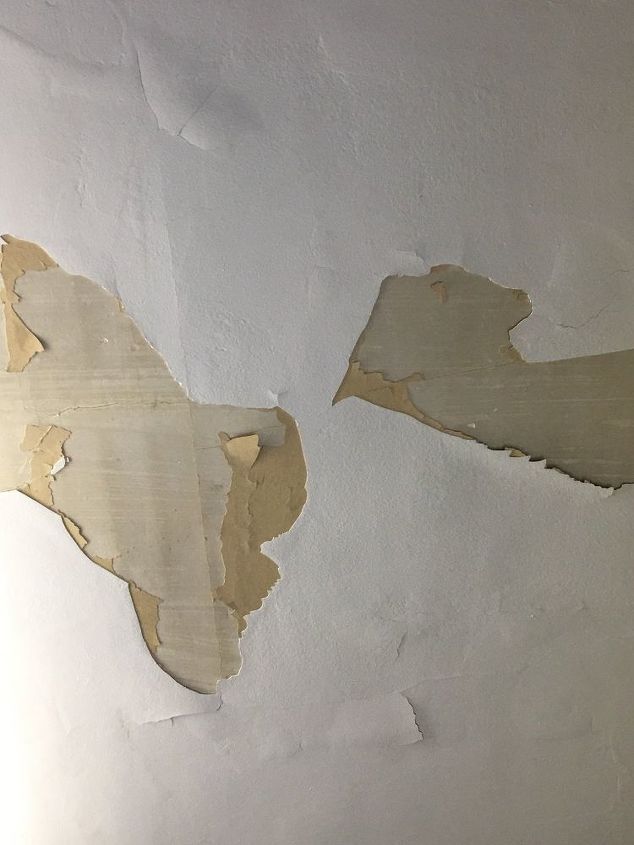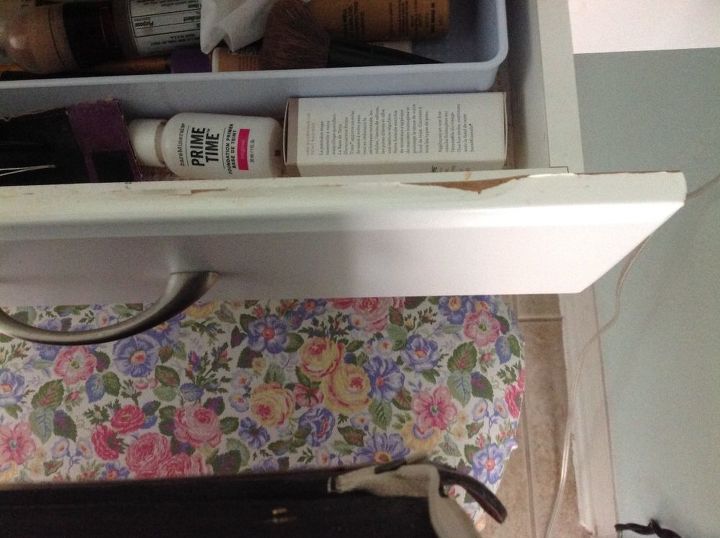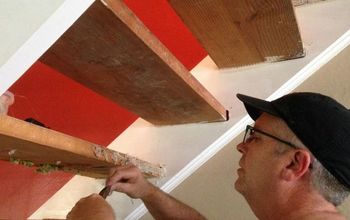Paint peeling fix on a budget, what would you do?

Related Discussions
How to get rid of mice?
We seem to have some unwelcome Mickeys and Minnies in our house. What is the best way to get rid of them?
How to remove popcorn ceiling with asbestos?
I want to remove my popcorn ceiling, but it has asbestos in it. How do I go about this safely?
How to caulk baseboard gaps?
How do I fill gaps at baseboard, should I caulk? If so, does anyone know how to caulk baseboards?
How to fix squeaky hardwood floors?
How do I fix squeaky hardwood floors?
Can you paint a peeling vinyl couch? how do you get rid of the peel?
What can I do to fix the peeling white coating on bathroom cabinets?
The cabinets are in good condition other than the peeling coating.








Put thin drywall over top of it. Screw it into the existing joists. Spackle the seams and edges. Paint with paint MADE for damp areas.